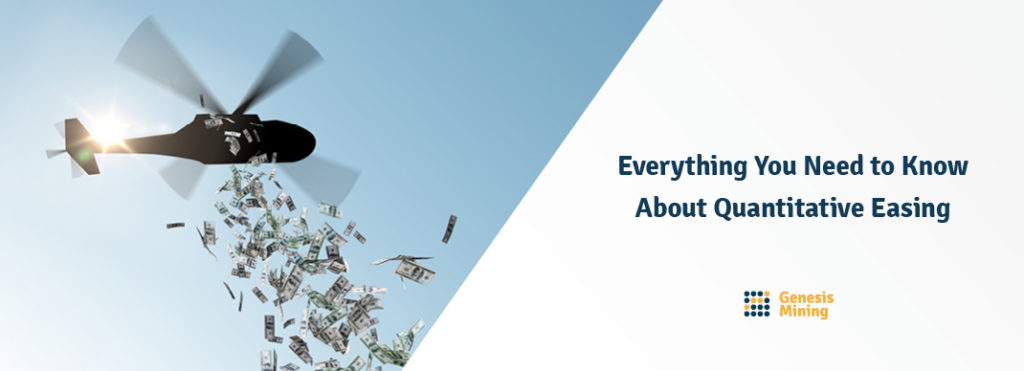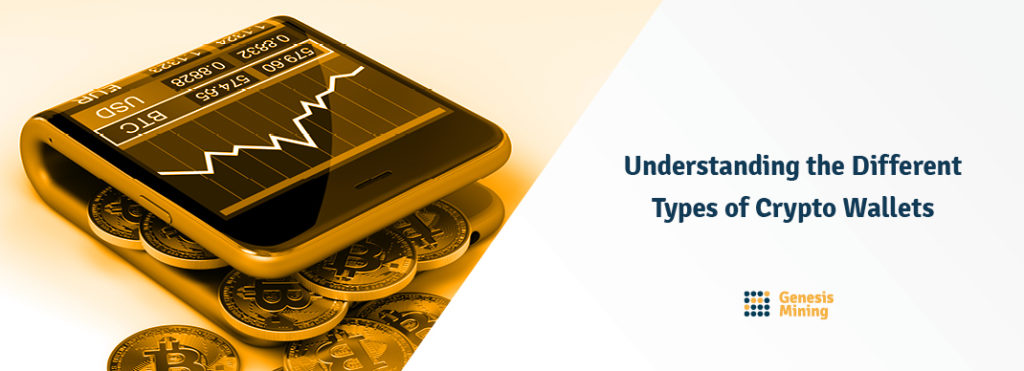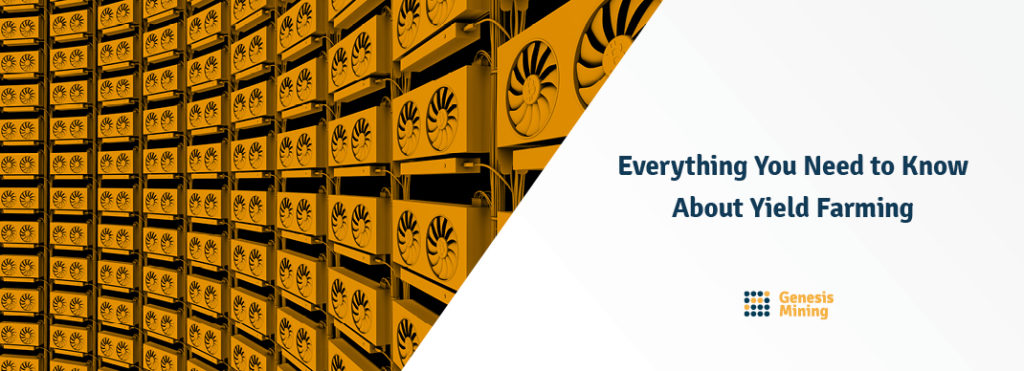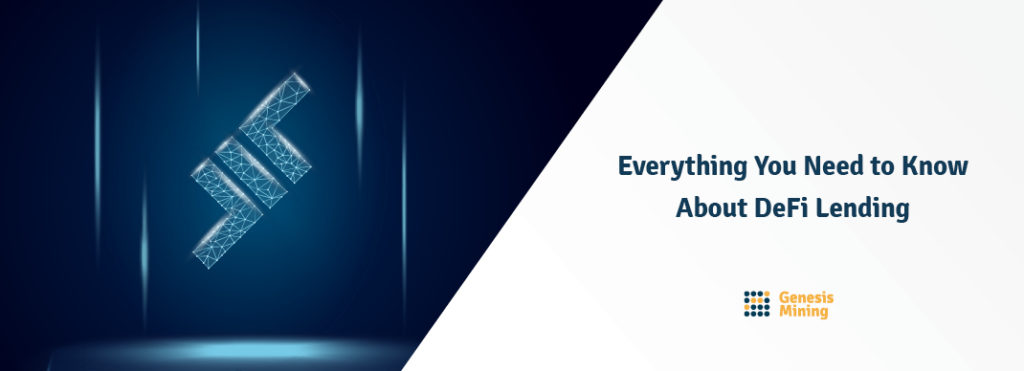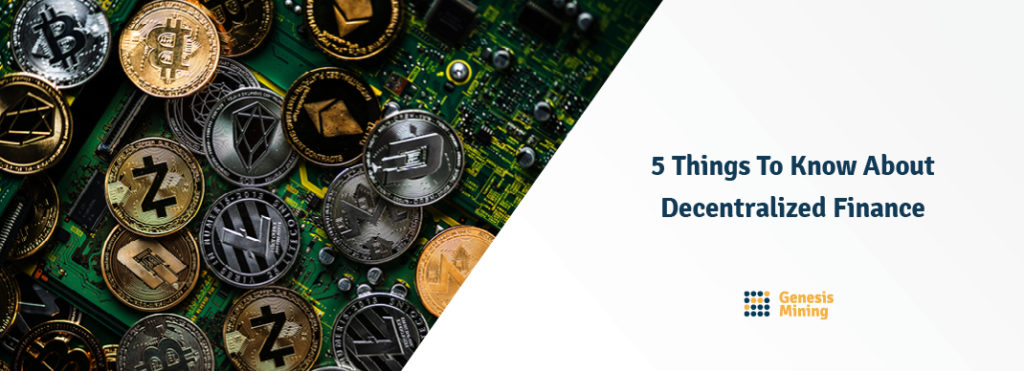In our recent study Perceptions and Understanding of Money — 2020, we surveyed Americans to gauge how well they understand the mechanisms of money, including concepts such as quantitative easing (QE). We hope that this “Everything You Need to Know” series will help improve understanding of money-related topics and issues which could not be more relevant today.
What Is Quantitative Easing?
Quantitative easing is a policy by which those in control of a money supply increase the amount of currency in circulation. There are various motivations behind such policies (more on that later), and bodies such as the Federal Reserve may use several specific tools to implement quantitative easing.
One lever the Fed can pull to engage quantitative easing is the purchase of securities. These include:
- Government bonds
- Corporate bonds
- Equity, which includes exchange-traded funds (ETFs) and could soon include stocks, according to Forbes
- Assets such as mortgage-backed securities
Purchasing a security essentially makes one a creditor to the entity that issues the security. The Fed, or another central bank-like body in another nation, can issue cash to financial institutions in exchange for such securities, and in doing so provide more liquidity into the marketplace. In doing so, it is expected that banks will lend that cash and stimulate economic activity.
In addition to directly providing cash to the open markets, an institution that implements quantitative easing may also reduce interest rates or lower reserve requirements. Lower interest rates may generally stimulate lending, as the cost of borrowing is decreased. Reducing reserve requirements lessens the amount that banks must keep on hand, which means they have more money to lend.
Banks generally lend whenever they are able to, as this is their primary way of earning money on customer deposits and loans they have received from the Federal Reserve. The Federal Reserve may even lend money directly to banks in the name of quantitative easing. In the school of QE, such lending is the primary catalyst for economic activity during times of sluggishness or stagnation.
Who Controls Quantitative Easing?
Those who control a nation’s money supply may generally be the ones to enact quantitative easing. In the United States, this is the Federal Reserve. In certain nations, it may be a central bank, which could be controlled by the political party in power or may be a somewhat independent entity such as the Bank of Japan, Deutsche Bundesbank, or the Bank of England.
The European Central Bank controls the money supply for 19 member nations, and now plays a substantial role in European monetary policy since the widespread adoption of the Euro. Every financial body must decide whether to enact quantitative easing based on the effect it is likely to have on those who use a currency.
What Is the Intent of Quantitative Easing?
The stated intent of quantitative easing is to stimulate economic activity through increased access to lending, specifically in times where economic activity has slowed or has shown warning signs of slowing. The logic is that more money in the hands of the public—business owners, investors, consumers—will lead to growth and spending.
This may generally be the case. Those with money to spend in worthwhile ways, or simply to burn, may tend to do so. And when this is the case, the goal of quantitative easing is achieved.
Criticisms of Quantitative Easing
The primary critique of quantitative easing is that, while it may stimulate investment, growth, and spending in the short-term, there is a very real long-term cost to such policies, namely inflation.
Fractional reserve banking allows banks to lend out money without removing that money from its asset ledgers.
This has a notable growth effect on a nation’s money supply from an accounting standpoint. Because quantitative easing both injects cash directly into the money supply and facilitates lending, it tends to have a substantial growth effect.
Any time you grow a money supply, inflation occurs. Generally speaking, having more of something (including dollars) reduces the scarcity of that thing, so long as demand does not increase in concert with supply. Consequently, each individual unit of that thing will become less valuable. This is the core principle of inflation, and illustrates why increasing the supply of currency diminishes the value of each individual unit of money.
Because quantitative easing increases the money supply by its very principle, the most valid criticism of QE is that it trades short-term stimulus for long-term devaluation of the currency—a trade off that many argue is not worth it. After all, there is no guarantee that the stimulus will even work in the short term, while there is a guarantee that QE will contribute to inflation nonetheless.
The University of Pennsylvania’s Wharton School explains that specific QE-related policies in recent history have had ill effects in addition to inflation. For example, the Fed’s stimulus policies following the 2008 financial crisis ultimately reduced direct business investment by banks, making the quantitative easing of 2008 a failure.
Quantitative easing can be like injecting steroids into the normal course of inflation, with no guaranteed benefit to counteract this downside.
The Case For Scarcity Through Cryptocurrency
The purchasing power of the dollar has plummeted during the past century-plus, and the continued pumping of fiat money into supply (the primary mechanism of quantitative easing) has accelerated this decline. The guarantee of scarcity once provided by the Gold Standard is a distant memory.
Those who seek a return to truly scarce stores of value may consider cryptocurrency, and may already have invested in the likes of Bitcoin. Unlike the dollar or Euro, cryptocurrency is fixed, with the supply of Bitcoin set at 21 million. Though there has been debate over whether to eventually increase the supply of Bitcoin and other cryptos, the type of exponential growth that has ravaged the dollar’s value is unlikely.
Scarcity is a central tenet of cryptocurrency’s value, a fact which is not lost on those who benefit from it.
Did we get you interested in cryptocurrencies? Why don’t you start mining them with us? Create your free dashboard, and buy some hashpower! Sign up now!

